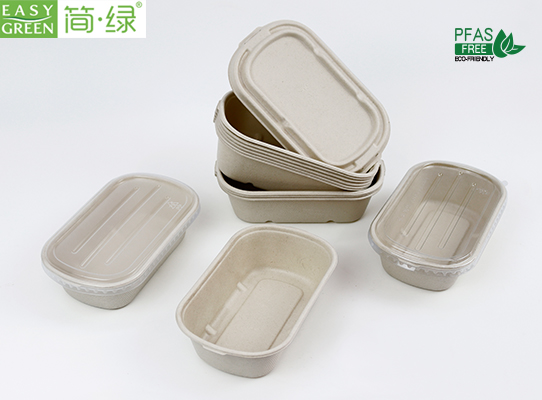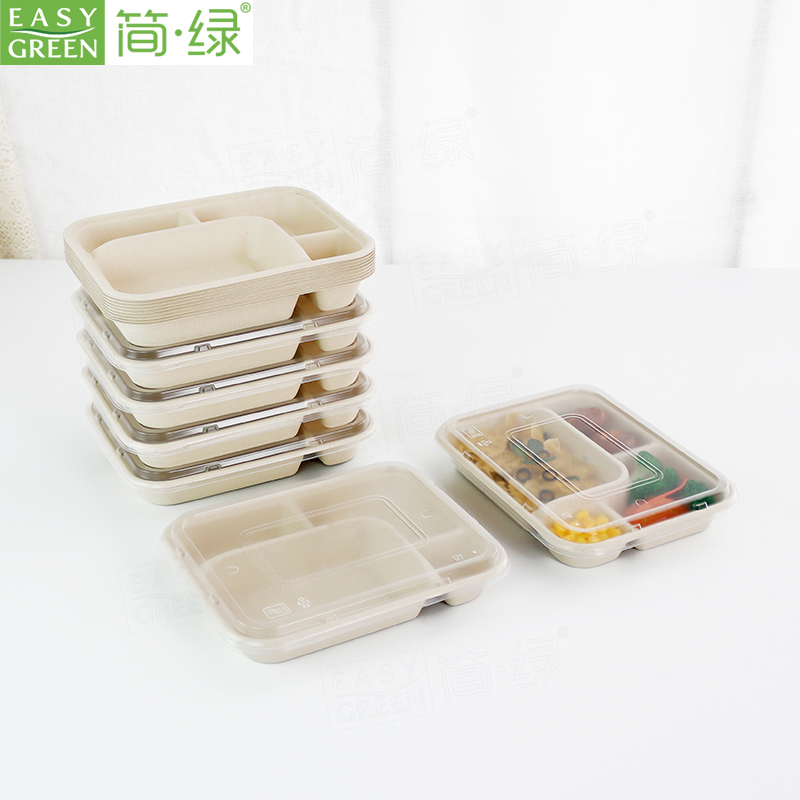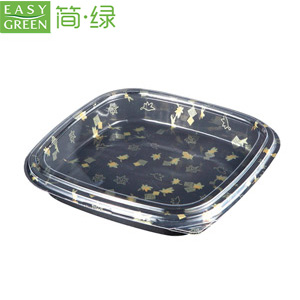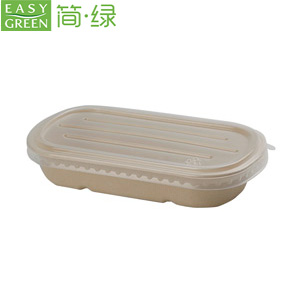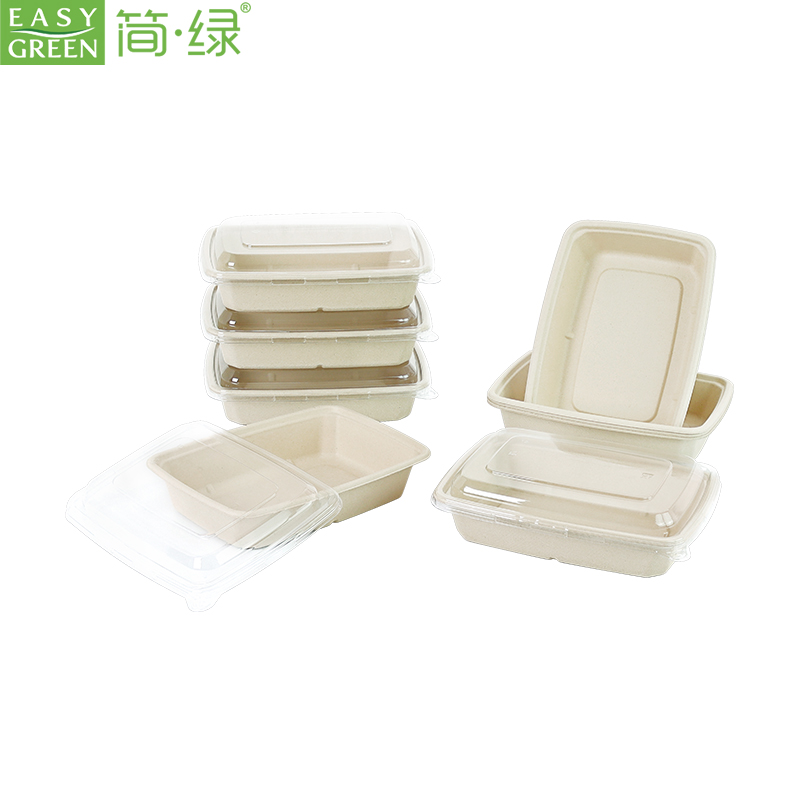In the ever-evolving landscape of the food delivery industry, sustainability has become a buzzword, and rightly so. As consumers seek eco-friendly options, businesses are exploring innovative solutions to reduce their environmental impact. Enter sugarcane fiber packaging – a game-changer that not only preserves the flavor of your favorite dishes but also ensures a sustainable tomorrow. In this blog, we delve into the transformative role of sugarcane fiber packaging in the food delivery industry.
Sugarcane Fiber Packaging: A Sweet Beginning to Sustainability
The use of sugarcane fiber as a packaging material marks a significant step towards a more sustainable future for the food delivery industry. Unlike traditional packaging made from fossil fuels, sugarcane fiber is a byproduct of sugar production, making it a renewable resource. This eco-friendly alternative reduces dependence on non-renewable materials, aligning with the growing demand for environmentally conscious choices in the food sector.
Preserving Freshness, One Package at a Time
One of the stndout features of sugarcane fiber packaging is its ability to preserve the freshness and flavor of food during the delivery process. The material's breathable nature allows just the right amount of moisture and air exchange, preventing condensation and maintaining the ideal conditions for a delightful dining experience. From hot and steamy dishes to chilled desserts, sugarcane fiber packaging ensures that your food arrives at your doorstep as delicious as it would be in a restaurant.
Elevating the Customer Experience: Sustainable and Stylish
In the competitive realm of food delivery, presentation matters. Sugarcane fiber packaging not only checks the sustainability box but also adds a touch of elegance to the dining experience. Its natural, earthy aesthetic provides a premium feel, enhancing the overall perception of the meal. As consumers become more discerning about the environmental impact of their choices, the combination of sustainability and style positions sugarcane fiber packaging as a key player in elevating customer satisfaction.
From Farm to Fork: The Circular Economy of Sugarcane Fiber
Sugarcane fiber packaging is not just a single-use solution; it contributes to a circular economy. As a byproduct of the sugar industry, it utilizes materials that would otherwise go to waste. This cradle-to-cradle approach minimizes environmental impact, creating a closed-loop system that aligns with the principles of a sustainable future. The food delivery industry's adoption of sugarcane fiber packaging is not just a trend but a commitment to responsible resource management.
The Ripple Effect: Inspiring Change Across the Industry
The incorporation of sugarcane fiber packaging in the food delivery sector is more than a choice made by individual businesses; it's a catalyst for industry-wide change. As more companies embrace sustainable packaging options, the ripple effect is felt throughout the supply chain. From restaurants and delivery platforms to packaging manufacturers, the shift towards sugarcane fiber resonates as a collective effort to taste the future of a greener, more responsible food delivery industry.
In conclusion, sugarcane fiber packaging emerges as a beacon of sustainability in the food delivery industry. Its positive impact on freshness, style, and the environment positions it as a crucial element in the evolution of the way we experience delivered meals. As we taste the future with each eco-friendly bite, sugarcane fiber packaging proves that sustainability can be both delicious and convenient, setting a new standard for the food delivery landscape.
 English
English 
